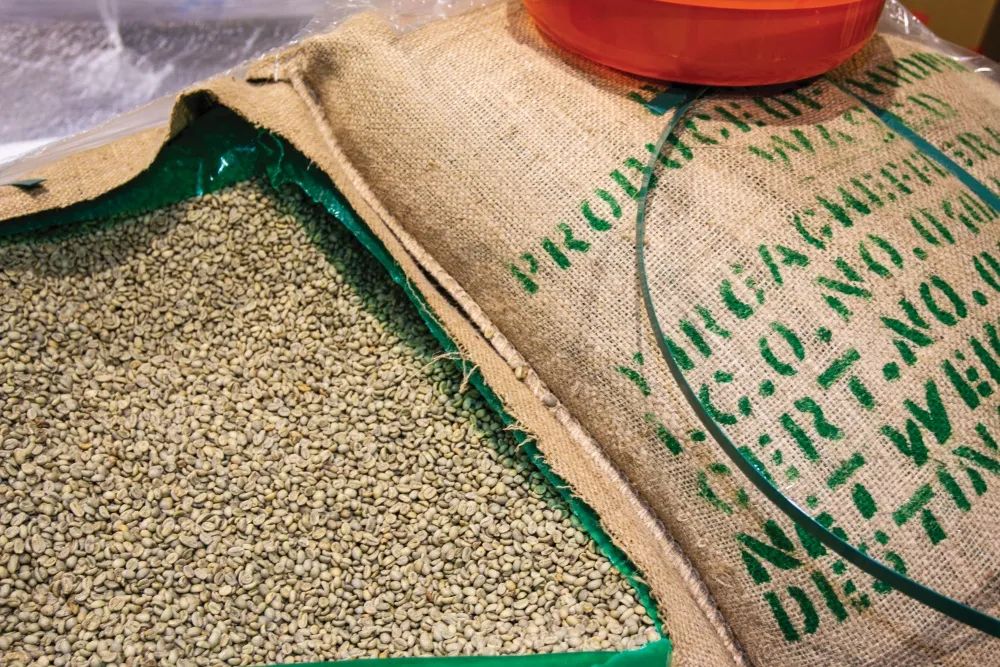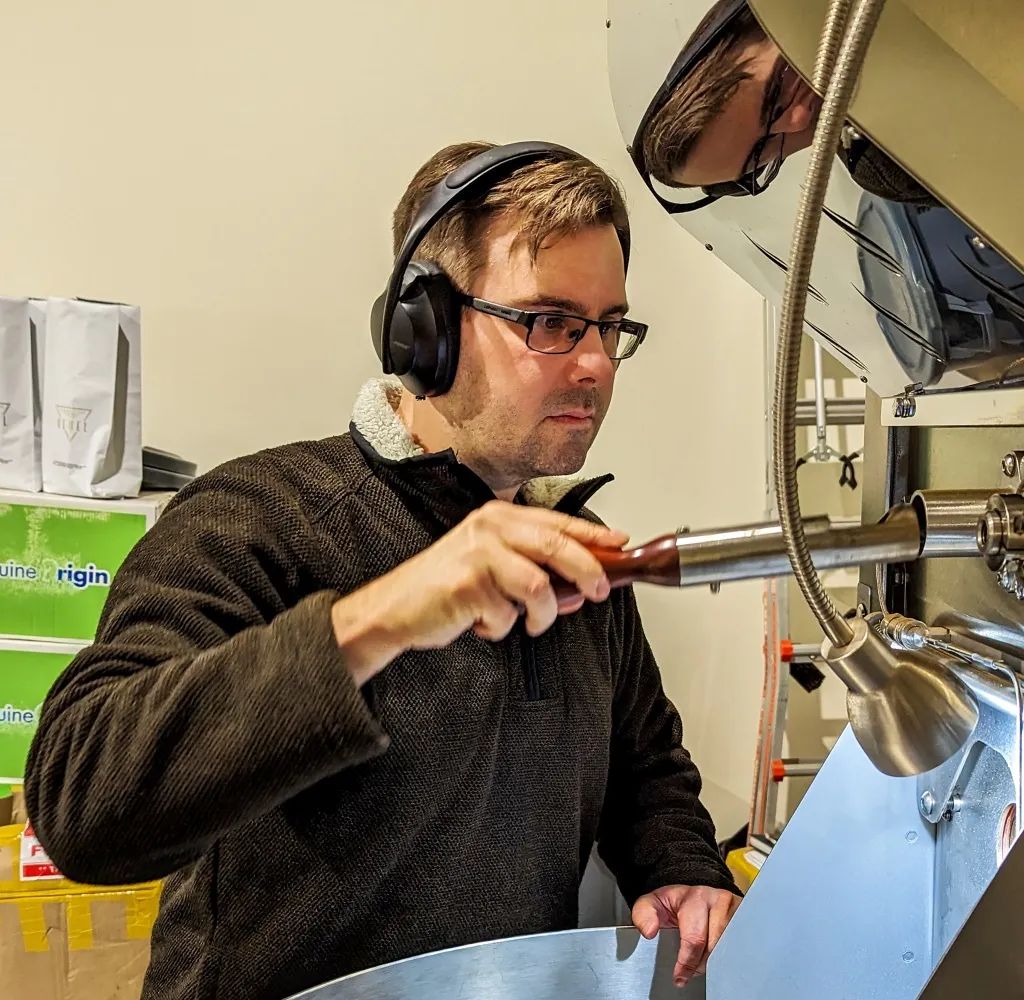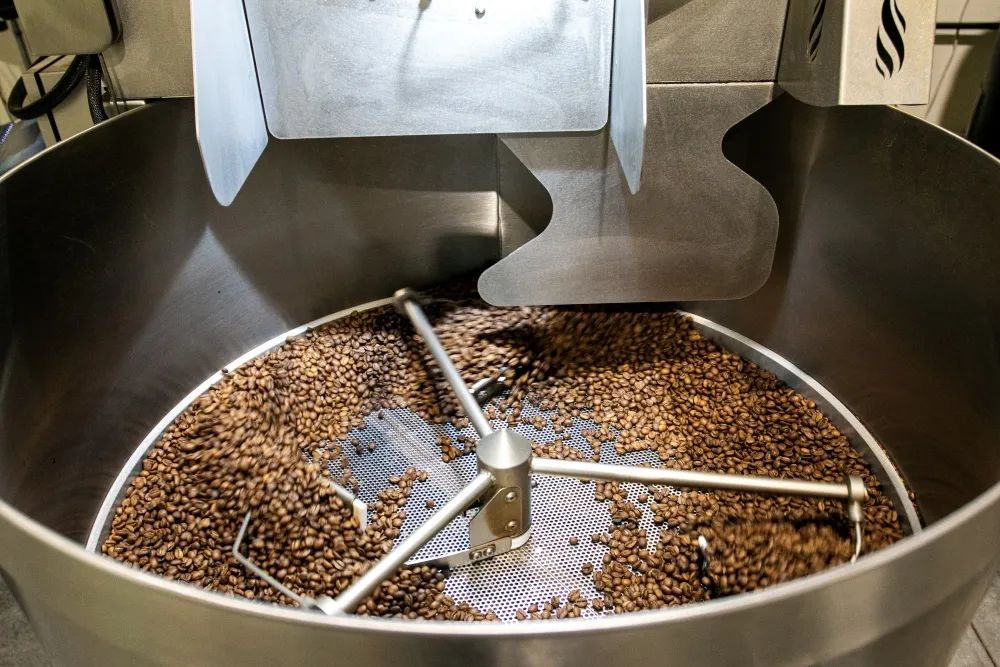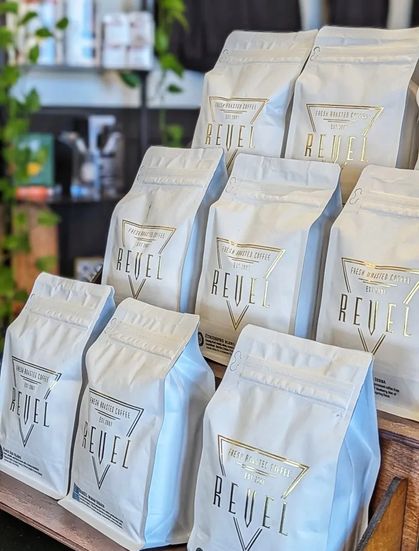
Meet the Roaster: Gary Theisen of Revel Coffee
May 2023
article & photos by renata haidle
Millions of people start their day with a cup of coffee. For many, coffee is more than a pick-me-up. It’s a ritual, a way to connect with friends, and a symbol of comfort and familiarity. But what goes into making the perfect cup of coffee, and where do those beans come from? We asked the expert.
Gary Theisen, the owner of Revel Coffee, is a nationally-recognized, Billings-based coffee roaster learning the secrets of the trade since 2007. Many of his coffees have been consistently ranked high (scores of 92 and up) by the reputable website Coffee Review. In 2018, he received a Good Food Award for his Ethiopia Kayon Mountain roast. And just a year ago, Food & Wine magazine selected him as the best roaster in Montana!

A hard-working, head-down roaster with a reputation far beyond Billings for sourcing ability and quality—a reminder that it's fine to keep a low profile and let the coffee speak for itself. - Food & Wine
His passion for coffee started as a teen working downtown as a barista at (now-closed) Todd’s Plantation. One day, someone entered the coffee shop and asked to purchase unroasted coffee beans. That pivotal moment led Gary to conduct his first roasting experiments at home. He initially tried roasting coffee in the oven. After filling the house with unpleasant smoke (Gary says roasting coffee only smells good after the fact), he moved the operations to the garage, where he used a popcorn popper, and eventually into a warehouse - and Revel Coffee was born. From there, it has been a patient, persistent journey of discovery, craft, practice, and fine-tuning in search of the perfect roast. And much of the magic is in the cupping process.
Cupping
Cupping is a standardized practice used by coffee tasters to evaluate and analyze the flavor and aroma of coffee. The process is fairly simple. “In a small cup or bowl,” Gary explains, “add 13 grams of ground coffee, fill it with hot water, and once the grounds settle to the bottom, use a spoon to sip and slurp.” Then observe the coffee's appearance, aroma, taste, and aftertaste. This helps him identify the nuances of coffee varieties and determine the best roast level to bring out the coffee's unique flavor profile.
“The main coffee species are Arabica and Robusta, Arabica known for higher quality beans, initially dictate the specific aroma and taste,” Gary says. “Then other factors come into play: location, environment, weather, and altitude all play a part in the overall flavor and quality of coffee. The higher-elevation coffees tend to be a lot more complex. You have more floral and citrus notes. There's more brightness in the cup.” It also depends on how the coffee is processed.
Processing
There are three main ways to process coffee: the washed process, the natural (aka dry processing), and honey or pulp processing. The washed process produces cleaner coffees with more acidity, whereas the dry process yields richer coffees with more body. “You can have the same Ethiopian coffee,” Gary explains, “you process it washed, and you're going to have citrus, stone fruits, and brightness. When you dry process the coffee, you will have more berry and chocolate notes than stone fruit. As a roaster, you're just trying to maintain and uncover the quality already in the coffee.”
Roasting
The roasting process involves heating raw, green coffee beans to high temperatures to transform them into the aromatic, flavorful beans we know and love. The roasting machine heats them to around 400-450F. As the beans heat up, they begin to change color and emit a cracking sound. This is known as the first crack and marks the point at which the beans start to roast. The longer the beans are roasted, the darker and more intense their flavor will be. Roasting can continue until the second crack, a louder cracking sound indicating the beans have reached a darker roast level. After reaching the desired roast level, the beans are quickly cooled to stop the roasting process and prevent them from over-roasting.

Gary specializes in light to medium roasts, which have higher levels of caffeine than the darker ones. “Each coffee has its ideal point where you're trying to develop the sugars and the flavors without under developing or scorching the exterior,” he says. “The varietals need to be roasted differently to achieve that.” When he first gets coffee in, it undergoes what the industry calls profiling , roasting it in different ways, then cupping and evaluating. He adds that differing roast levels - shortening and lengthening the roast - manipulate the flavor of the coffee.
Where to find:
Originally printed in the May 2023 issue of Simply Local Magazine
Never miss an issue, check out SLM's digital editions here!






